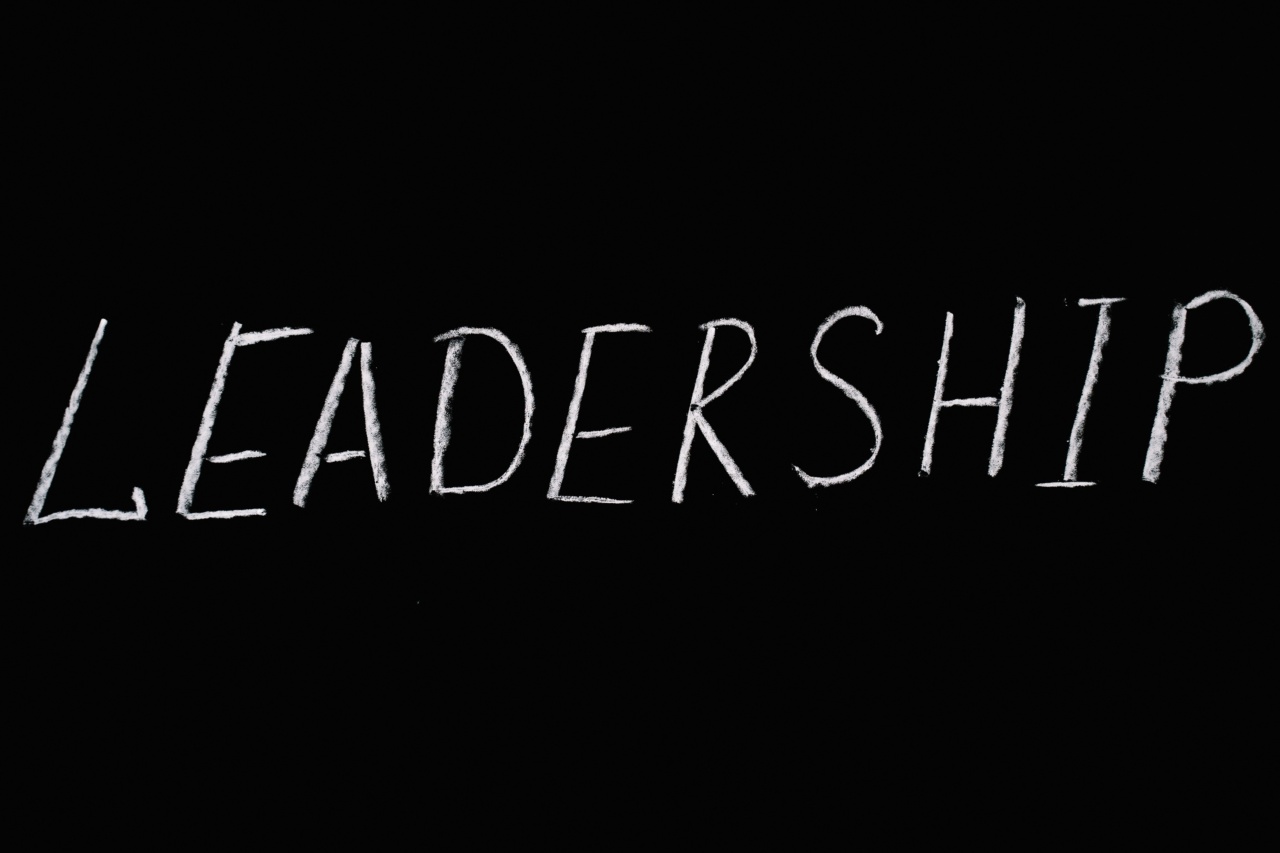The bile ducts are small tubes that connect the liver and the gallbladder to the small intestine.
The primary function of the bile ducts is to transport bile, a digestive fluid, from the liver and gallbladder to the small intestine for the digestion of fats.
However, there are various bile duct disorders that can affect the functioning of the bile ducts. These disorders can lead to a range of symptoms and complications. Here are some common bile duct disorders and their signs and management.
1. Bile Duct Stones
Bile duct stones are small, hard deposits that form in the bile ducts. They can cause blockages and prevent bile from flowing freely through the ducts. Some of the signs of bile duct stones include:.
- Severe abdominal pain that comes and goes
- Nausea and vomiting
- Fever and chills
- Jaundice (yellowing of the skin and eyes)
- Dark-colored urine and pale stools
The treatment for bile duct stones involves the removal of the stones. In some cases, medication can be used to dissolve the stones, while in other cases, surgery may be necessary.
2. Biliary Atresia
Biliary atresia is a rare condition that affects infants. It causes inflammation and scarring of the bile ducts, which can lead to bile flow obstruction. Some of the signs of biliary atresia include:.
- Jaundice (yellowing of the skin and eyes)
- Pale stools
- Dark-colored urine
- Foul-smelling stools
- Slow growth and development
The treatment for biliary atresia involves surgery to create a new bile duct system.
3. Primary Sclerosing Cholangitis
Primary sclerosing cholangitis is a chronic condition that causes inflammation and scarring of the bile ducts. This can lead to the blockage of bile flow and damage to the liver. Some of the signs of primary sclerosing cholangitis include:.
- Fatigue
- Itching
- Pale stools
- Dark-colored urine
- Abdominal pain
The treatment for primary sclerosing cholangitis involves managing the symptoms and preventing complications. This may involve medication, endoscopic therapy, or liver transplantation.
4. Choledochal Cysts
Choledochal cysts are congenital abnormalities that cause dilation of the bile ducts. This can lead to bile flow obstruction and damage to the liver. Some of the signs of choledochal cysts include:.
- Abdominal pain
- Jaundice (yellowing of the skin and eyes)
- Fever
- Nausea and vomiting
- Loss of appetite
The treatment for choledochal cysts involves surgery to remove the cysts and repair any damage to the bile ducts.
5. Cholangitis
Cholangitis is an infection of the bile ducts. It can be caused by a blockage in the bile ducts that prevents the flow of bile. Some of the signs of cholangitis include:.
- Abdominal pain
- Fever and chills
- Nausea and vomiting
- Jaundice (yellowing of the skin and eyes)
- Confusion or disorientation
The treatment for cholangitis involves antibiotics and relieving any blockages that are causing the infection.
6. Gallstones
Gallstones are hardened deposits that form in the gallbladder. However, in some cases, they can travel to the bile ducts and cause blockages. Some of the signs of gallstones include:.
- Abdominal pain
- Nausea and vomiting
- Fever and chills
- Jaundice (yellowing of the skin and eyes)
- Dark-colored urine and pale stools
The treatment for gallstones involves medication to dissolve the stones and surgery to remove the gallbladder.
7. Management of Bile Duct Disorders
The management of bile duct disorders depends on the specific condition and its severity. Some ways to manage bile duct disorders include:.
- Medication to relieve symptoms
- Surgery to remove blockages, cysts, or gallbladder
- Liver transplantation for severe liver damage or failure
- Endoscopic therapy to remove stones or repair damage to the bile ducts
- Lifestyle changes, such as maintaining a healthy weight and avoiding alcohol
Conclusion
Bile duct disorders can be serious and lead to significant complications if left untreated. It is important to recognize the signs of these disorders and seek medical attention in a timely manner.
With proper diagnosis and management, many bile duct disorders can be treated effectively, allowing the patient to lead a healthy and normal life.






























